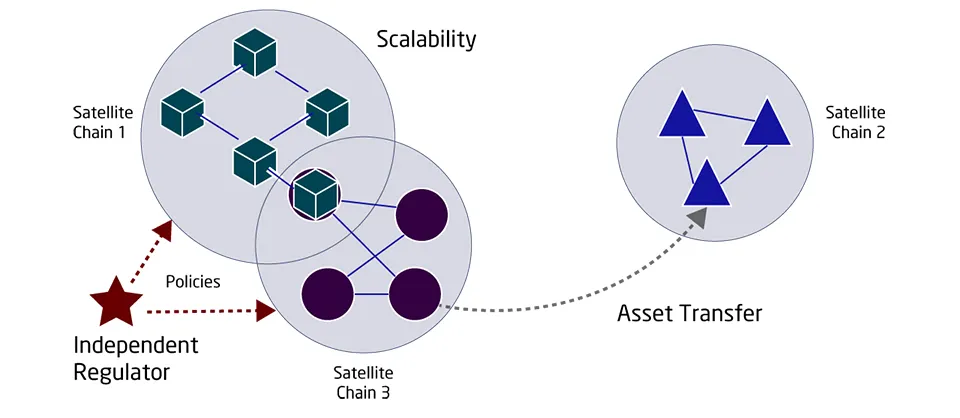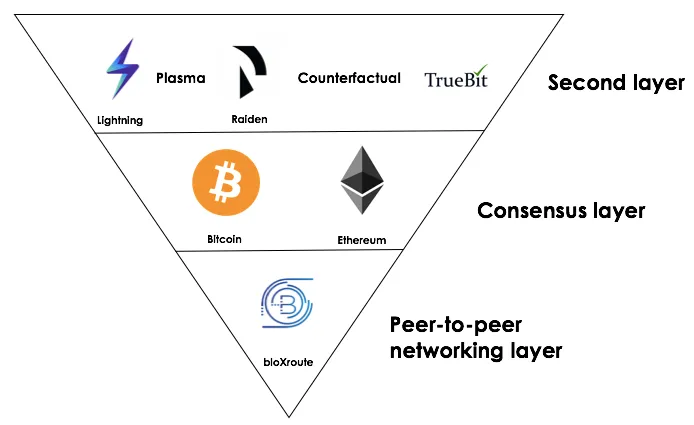- In one second, how many transactions a network can handle is nothing but blockchain stability.
- Sometimes, it might be tricky to solve the problem, but it is not impossible with the help of blockchain stability.
We can all see that blockchain technology is eventually gaining more and more attention as this software has definitely revolutionized the whole of traditional trade. Because of this, there are various types of cryptocurrencies, and digital money comes into the picture. Bitcoin is one such cryptocurrency that eventually builds on a technology called Blockchain.
Why Scaling Solutions Matters

Firstly, let me tell you what a scaling solution is. So, this is nothing but the speed at which one transaction takes to complete. So, a transaction per second is called a scaling solution. You will be shocked to know that Bitcoin can only process 7 transactions per second, and yes, these are significantly few.
Conversely, Bitcoin’s closest competitor, Ethereum, can easily handle 20 to 30 transactions per second. This makes it clear that all cryptocurrencies must catch up with traditional finance’s transaction capabilities to achieve mass adoption.
You should also know that only measuring transactions per second is not enough; you should also consider confirmation time. One of the greatest hurdles for the whole world of cryptocurrency is the blockchain scalability trilemma. Also, it is stated that blockchain can only achieve two out of decentralization, scalability, or, we can say, security. Still, all three of these functions cannot happen one at a time.
Decentralization always refers to the degree of diversification in blockchain ownership, influence, and other values. Also, blockchain technology is central to the appeal and functionality of Bitcoin and other cryptocurrencies.
There is a meaning in every name, right? Similarly, the name blockchain indicates an essential set of connected blocks that are full of information on a ledger that is online. Each block contains a set of transactions, and they are the ones that each validator and network can independently verify.
Before being confirmed, each and every new block should always be verified, making it almost impossible to forge transaction histories.

Talking about scalability, the network’s capacity eventually includes the number of nodes it has and the number of transactions it processes in one second. How quickly it processes the same can also be counted, or, we can say, considered.
Many people get confused by the word scalability, but let me tell you that it is nothing but a Bitcoin blockchain, and it works as new participants join the network. Also, the difficulty of the mining can be automatically adjusted, and this work is eventually known as proof-of-work (PoW).
Another issue with Bitcoin is its finality speed. Just to confirm your purchase, you will have to wait for 60 minutes, which is very far from ideal and definitely needs to be changed. Sometimes, it feels like scaling the blockchain is very complicated, but slowly and gradually, some changes will surely make you understand the same.



